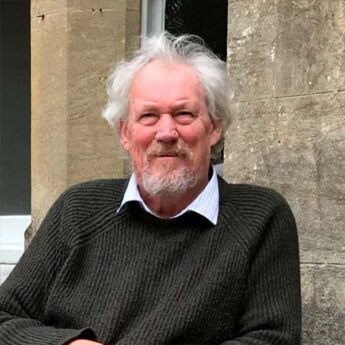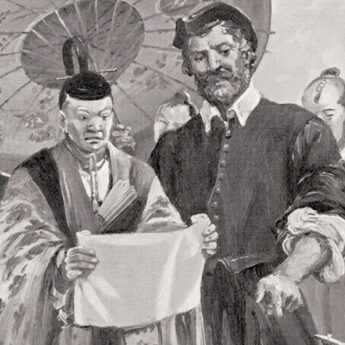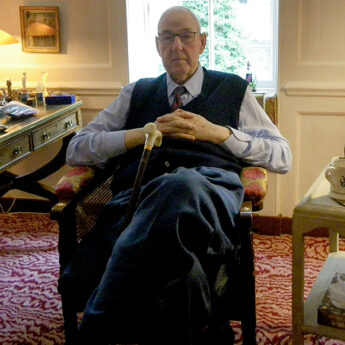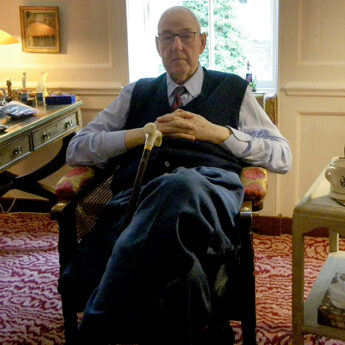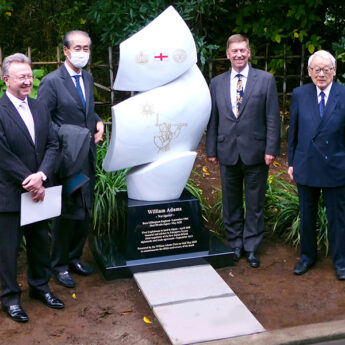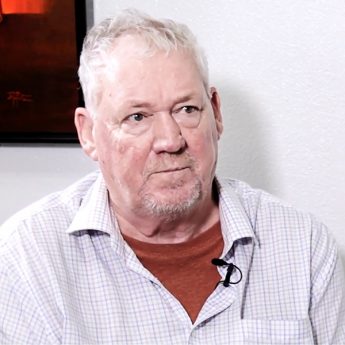Korekiyo Takahashi’s fiscal plans were similar to Abenomics
• Held many high-level ministry posts
• Renowned for English-speaking ability
• Helped contain cholera epidemic
On a very cold snowy morning, about 100 armed soldiers barged into my great-grandfather’s residence in Akasaka and ruthlessly murdered him.
This assassination, known as Ni Ten Ni-Roku Jiken (26 February incident of 1936), is very significant, because his death empowered the Japanese military and spurred the nation towards World War II.
My great-grandfather was born on 27 July 1854, the illegitimate son of an Edo Castle landscape painter and a maid.
He was named Korekiyo Takahashi at four days old, when he was adopted by Koretada Takahashi, a member of the lowest echelon of the samurai class who worked for the Date family.
During his lifetime, Korekiyo Takahashi served Japan in various capacities. He was minister of finance for seven terms, the 20th prime minister, the first minister of agriculture, forestry and fisheries, the first minister of commerce and industry, and the seventh governor of the Bank of Japan.
Takahashi also established the Japan Patent Office, acting as the first director general of both the Trade Mark Office and the Patent Office—just to mention a few of the distinguished positions he held.
While to some people he is known for selling bonds abroad and funding almost half of Japan’s expenses to fight the Russo–Japanese War, he is perhaps most famous for the financial policies he implemented during his fifth term as minister of finance.
This term coincided with a time of huge suffering, when Japan was in the depths of the Great Depression.
Prime Minister Shinzo Abe’s Abenomics strategy is, in many ways, a take on Takahashi’s plans, which dramatically reversed deflationary policies and had fully restored Japan’s economy by 1935, five years before the financial recovery in the US.
Takahashi’s unusual upbringing and complete mastery of the English language were fundamental in his numerous contributions to society. At the age of 10, he began studying English in Yokohama under Clarissa Hepburn, the wife of medical missionary James Hepburn, who romanised the Japanese language.
During the 1860s, most Japanese studied English at a Dutch school in Nagasaki, where they learned by translating books and newspapers. As a result, the students there could barely speak English.
However, several students besides Takahashi studied under Mrs Hepburn and developed oral fluency. Tadasu Hayashi, who later became ambassador to Great Britain and a foreign minister, was another of Hepburn’s pupils.
Following his studies, Takahashi began working as a gofer for one of the British banks in Yokohama. Later, he gained passage to the US, where he stayed for a couple of years to perfect his English-language ability.
When he returned to Japan at the age of 14, he embarked on a career in government and taught English to many historical figures.
His English skills led him to be repeatedly chosen to translate several foreign regulations that became the foundation for many Japanese laws. At 18, he entered the postal service, in which capacity he translated British and US postal regulations for use in Japan.
In 1877, when the cholera epidemic was wreaking havoc on the nation, the interior ministry formed a group of Japanese and foreign experts to tackle the problem.
Takahashi took charge, gathering all documents from Europe and the US concerning the disease. He and his team worked tirelessly to translate the paperwork, creating a manual on how to contain and prevent a pandemic. Thousands of lives were saved as a result.
A few decades ago, the Japanese education system stopped including lessons about Takahashi in school curricula.
So, as part of the effort to keep his legacy alive, we established a company named after him. My great-grandfather’s nickname was Daruma Saishou (Daruma Minister) and, in memory of this, Daruma Energy was launched in July 2013. It is currently the only energy firm that is a member of the British Chamber of Commerce in Japan.
As a further homage, our office is located on the first floor of Place Canada in Akasaka, Tokyo, which is adjacent to Takahashi Korekiyo Memorial Park, the very place where my great-grandfather was assassinated that snowy morning on 26 February.
A part of Place Canada is built on what used to be Takahashi’s land, so I believe it is with divine guidance that we have come to operate here.
If you’d like to read more about this great man and his accomplishments, I recommend Richard J. Smethurst’s From Foot Soldier to Finance Minister: Takahashi Korekiyo, Japan’s Keynes.
